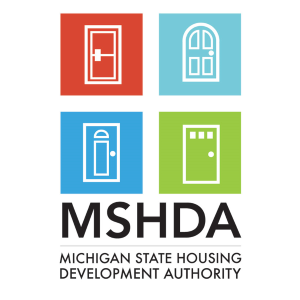The overall homeless population in Michigan has decreased for the third year in a row, according to an annual report released today by MSHDA (Michigan State Housing Development Authority) in conjunction with the Michigan Campaign to End Homelessness. “In the past year, we have seen drastic improvements in certain homeless populations, including a 20 percent decline in the area of the chronically homeless,” said Earl Poleski, executive director at MSHDA. “This annual report tells a story about our collective work, and the story is that we are making progress where it matters most.” The steady overall decline is largely due to the coordinated efforts of state and local partners and their ongoing commitment to prioritize those most in need using the Housing First model. In this model, people are moved to housing as quickly as possible while being provided a support structure that improves physical and mental health. “Housing is fundamental to the overall health and well-being of Michigan’s residents,” said Nick Lyon, director of the Michigan Department of Health and Human Services. “Our department manages more than $30 million in funding for outreach, shelter and permanent housing resources so that we can assist residents in removing any barriers to housing security.” Data suggests that a network of critical supportive services and transitional living programs are equipping youth with skills to better prepare for adulthood. The results show that since 2015 there has been a 10 percent drop in homelessness among youth aged 18-24. “In the [Transitional Living] program, I learned adult responsibilities and worked with a case manager who helped me understand rent, utilities, driving tests, budgeting and saving…I wouldn’t have learned these things living at home,” said a youth living in Livingston County who sought help at a local drop-in center. On the other side of the state, the Greater Grand Traverse Area Continuum of Care is earning recognition for being selected as a Youth Homelessness Demonstration Project (YHDP) site by the U.S. Department of Housing and Urban Development. This group is one of only 10 YHDP sites in the nation and one of four rural communities in the program. Michigan’s response to homelessness extends past housing. The Campaign is working with new partners in other sectors such as healthcare and employment to improve key social determinants of health and increase access to stable income. This is especially important because the statewide Homeless Management System (HMIS) shows the average income for a person experiencing homelessness is $649 a month, while the 2017 Census Bureau data puts median rent in Michigan at $835. In addition to rent overburden, action is needed to create innovative housing solutions for people with disabilities. The top three disabilities affecting Michigan’s homeless population include mental health (66%), physical health (39%) and substance use disorder (29%). In September, MSHDA’s Board approved more than $5.1 million in grants related to addressing homelessness, the bulk of that amount––$4.8 million––went to Emergency Solutions Grants that fund work to rapidly re-house homeless individuals and families and homeless prevention efforts, among other services. “Each year MSHDA allocates more than $70 million in state and federal funding to help individuals experiencing homelessness with the end-goal of getting them into permanent housing,” said Kelly Rose, chief housing solutions officer at MSHDA and governor-appointed chair of the Michigan Interagency Council on Homelessness. “This report shows us that we are making an impact, but there is still work to be done.”


